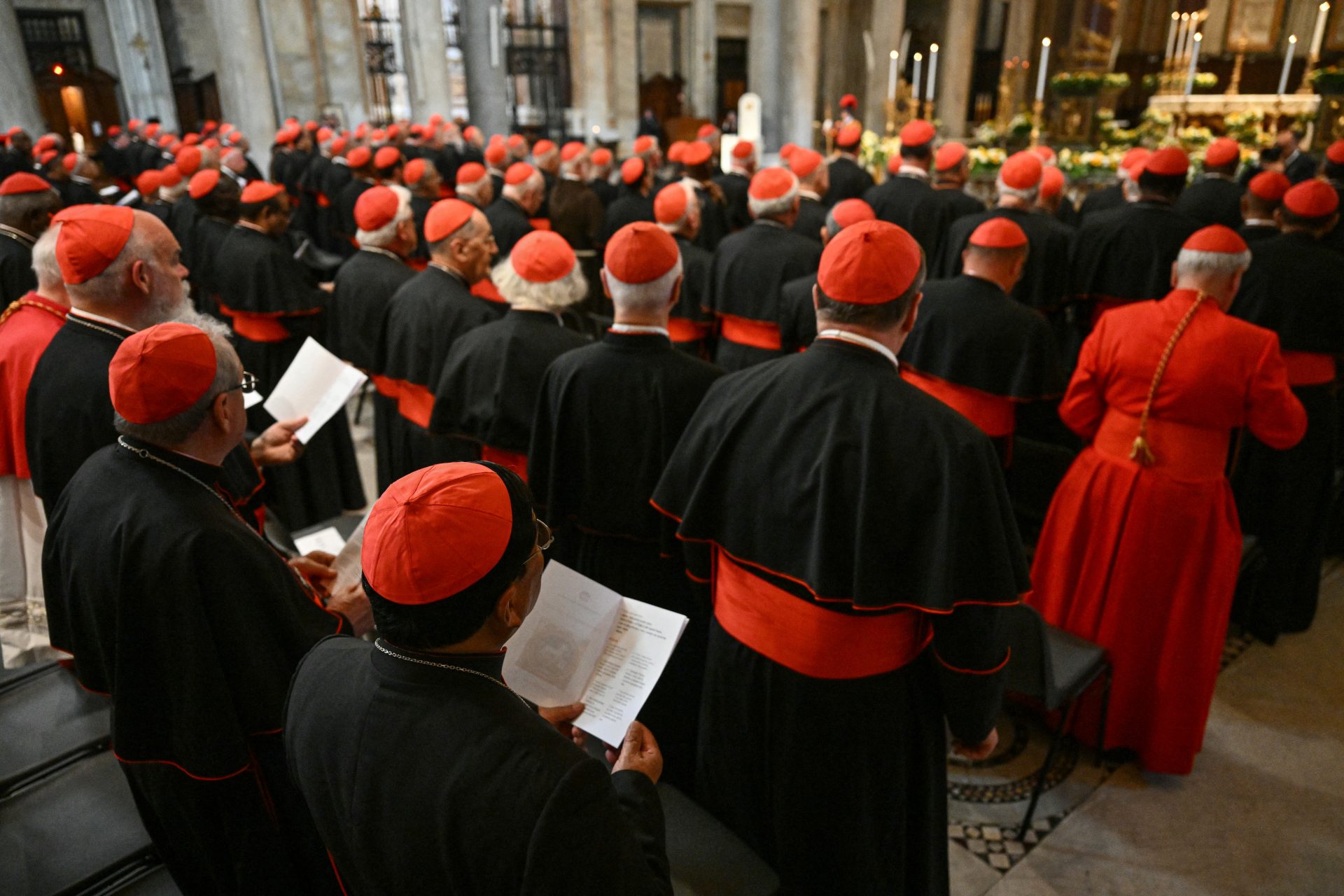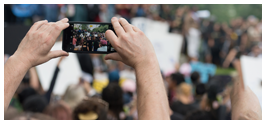The conclave to elect the successor to Pope Francis will begin on May 7, 2025, following the conclusion of the Novemdiales Masses, according to Vatican News.
Catholic cardinals meeting in Rome agreed on the date during the Fifth General Congregation held Monday at the Vatican’s Synod Hall.
Vatican spokesman Matteo Bruni said the cardinals will first celebrate a solemn Mass at St. Peter’s Basilica before proceeding to the Sistine Chapel, where the election will be held under strict secrecy.
In preparation, the Vatican on Monday closed the Sistine Chapel to visitors. “Notice is hereby given that the Sistine Chapel will be closed to the public as of Monday 28 April 2025 for the requirements of the conclave,” the Vatican Museums announced on its website.
According to Vatican News, the Cardinal electors will begin the process with the votive Mass Pro Eligendo Papa before moving in procession to the Sistine Chapel.
There, they will take an oath as prescribed in Universi Dominici Gregis, pledging, if elected, “to faithfully fulfill the Munus Petrinum as Pastor of the Universal Church” and to maintain “absolute secrecy regarding everything related to the election of the Roman Pontiff.”
Following the oath, the Master of Pontifical Liturgical Celebrations will proclaim extra omnes, ordering all non-electors to leave the Chapel. Only the Master and a designated ecclesiastic, who will deliver a meditation on the gravity of the task, will remain temporarily.
Once the meditation concludes, the electors will recite prayers and listen to the Cardinal Dean, who will ask whether they are ready to begin voting.
The election procedures will take place exclusively inside the sealed Sistine Chapel, with electors barred from any outside communication, including letters, phone calls, and media consumption.
A two-thirds majority is required to elect the new pope. If the vote is inconclusive, ballots will be burned to produce black smoke; white smoke will signal the election of the 267th pontiff.
If no pope is elected after three days, a day may be set aside for prayer and informal discussion.
Once a candidate is elected, the Dean of the College of Cardinals will ask the newly chosen pope two questions: “Do you accept your canonical election as Supreme Pontiff?” and “What name do you wish to be called?”
Upon acceptance, the Master of Pontifical Liturgical Celebrations will formally record the election. From that moment, the newly elected pope will have full and supreme authority over the Universal Church.
The Cardinal Proto-Deacon will then appear on the balcony of St. Peter’s Basilica to proclaim to the world, “Annuntio vobis gaudium magnum; Habemus Papam,” after which the new pope will deliver his first Apostolic Blessing Urbi et Orbi.
The new pontiff will later formally take possession of the Patriarchal Archbasilica of St. John Lateran.







